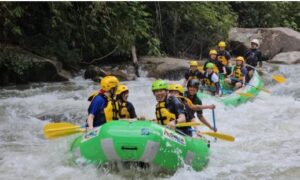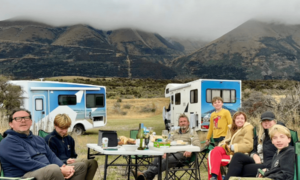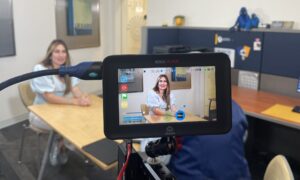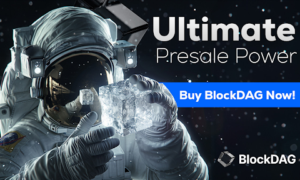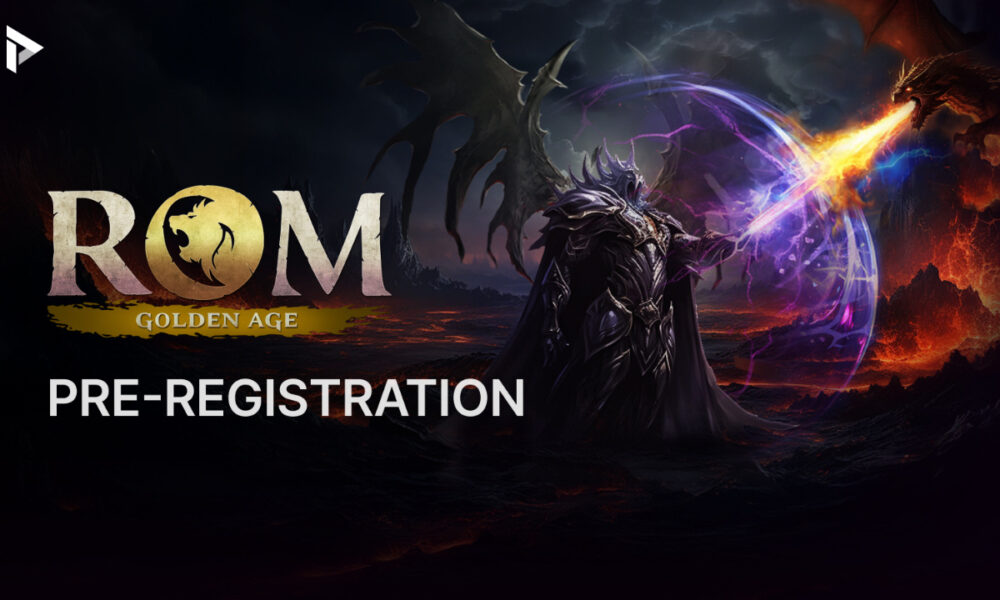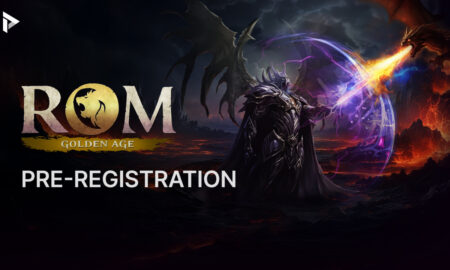Travel is an exploration of new cultures, landscapes, and experiences that enrich the human spirit. Effective showcasing these benefits for professional PR agencies specializing in travel goes a long way to captivate an audience and drive engagement. Having a solid PR strategy is crucial in an industry where every destination and tour operator vies for attention. This guide outlines how to transform a travel PR strategy to effectively communicate the joys and advantages of exploration, ensuring that potential travelers are inspired and informed.
I. Understanding the Power of Narrative in Travel PR
A compelling narrative is the backbone of any successful travel PR strategy. It’s about weaving a story that resonates with the audience’s desires, emotions, and aspirations. A professional PR agency needs to:
Craft Engaging Stories: Create content that captures the essence of the destination or experience. This could include personal anecdotes, traveler testimonials, or local traditions highlighting what makes a place special. Stories should evoke feelings of excitement, curiosity, and wanderlust.
Use Visual Storytelling: Visuals play a crucial role in travel PR. High-quality images and videos that showcase the beauty of a destination can evoke a strong emotional response. Use platforms like Instagram, YouTube, and TikTok to share engaging content that tells the story of exploration through visuals. Professional PR agencies should focus on creating a visual identity that aligns with the brand’s values and the essence of the travel experience.
II. Partnerships
Influencer marketing is a powerful tool in travel PR. Partnering with travel influencers who align with your brand’s image and target audience can amplify your message. Agencies should:
Identify Relevant Influencers: Look for influencers who not only have a large following but also engage with their audience in a meaningful way. They should have a genuine passion for travel and a content style that resonates with your brand’s narrative.
Create Authentic Campaigns: Encourage influencers to share their personal experiences and insights about a destination. Authenticity is key—travelers trust influencers who provide genuine content over scripted posts. Provide influencers with a clear brief about the objectives and the unique selling points of the destination or experience.
III. Utilizing Data and Metrics to Track Success
A successful travel PR strategy is data-driven. Tracking metrics and analyzing data helps agencies understand what’s resonating with audiences, refine strategies, and optimize campaigns. Key aspects include:
Monitor Engagement: Use tools like Google Analytics, Hootsuite, and social media insights to track engagement metrics such as likes, shares, comments, and click-through rates. These insights help determine which content formats and messaging are most effective.
Analyze ROI: Calculate the return on investment for your PR campaigns. This involves tracking the number of leads generated, conversions, and sales attributed to PR activities. By understanding the financial impact of PR efforts, agencies can make data-backed decisions to refine strategies.
Adjust Strategies: Use the insights gathered to refine the PR strategy. If certain content types or messages aren’t performing well, adapt and experiment with new approaches. Continuous improvement based on data helps keep campaigns relevant and effective.
IV. Collaborating with Travel Industry Partners
Collaboration is key in the travel industry. Establishing strong partnerships with hotels, tour operators, airlines, and other relevant stakeholders can enhance the PR strategy. Agencies should:
Create Co-Branding Opportunities: Jointly develop content that showcases the benefits of collaboration. For example, a hotel could partner with a tour operator to offer exclusive travel packages, and PR agencies can promote these partnerships as bundled experiences that add value for travelers.
Host Press Trips and Events: Organize familiarization trips and media events to give journalists, bloggers, and influencers first-hand experiences. These can be powerful in generating content that can be shared widely, reaching a broader audience and increasing brand credibility.
Conclusion:
Transforming a travel PR strategy requires a format that blends storytelling, influencer partnerships, data analysis, and collaboration. By focusing on these elements with help from professional PR agencies like Mercury luxury travel pr, businesses can effectively communicate the benefits of exploration, driving engagement and inspiring travelers to embark on their next adventure. Staying adaptable and data-driven will set travel companies apart, enabling them to create memorable experiences for audiences worldwide.


